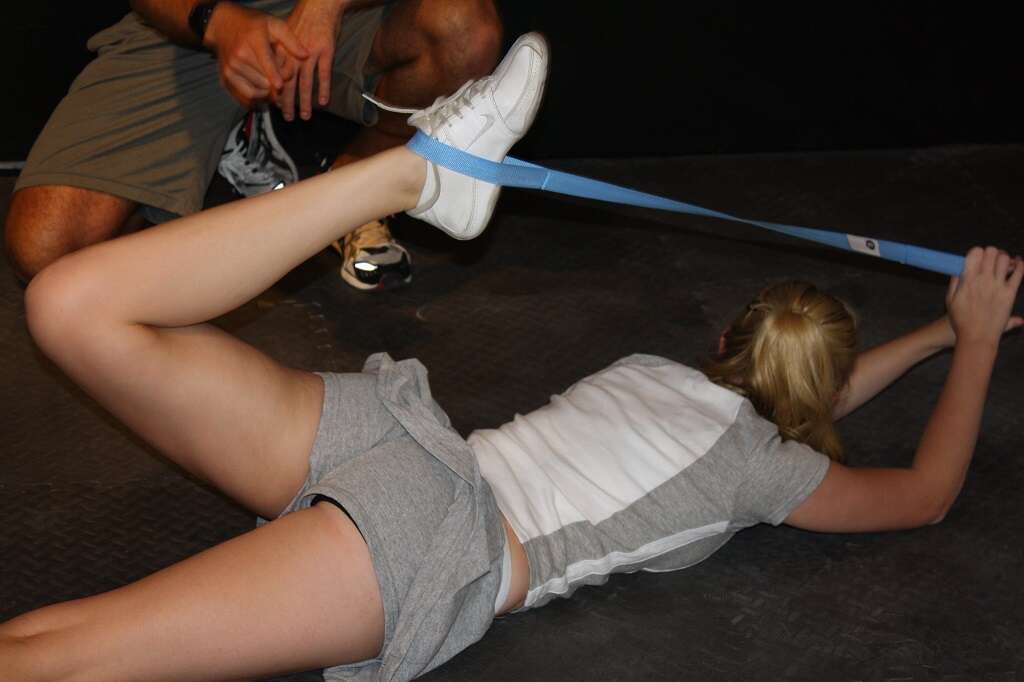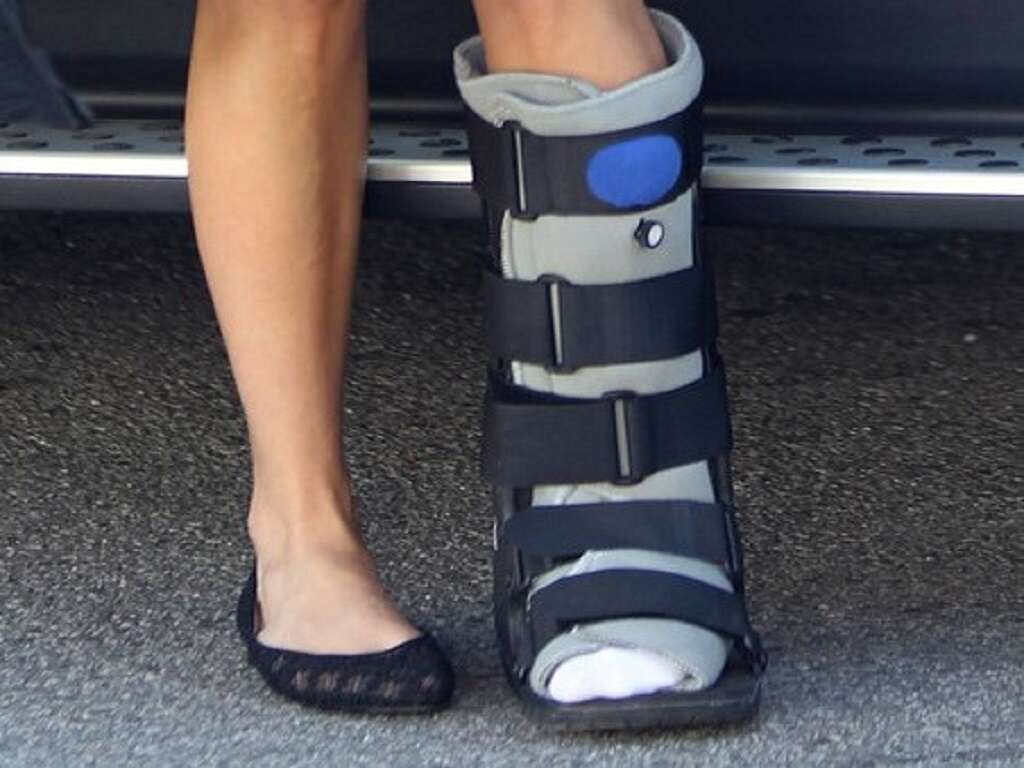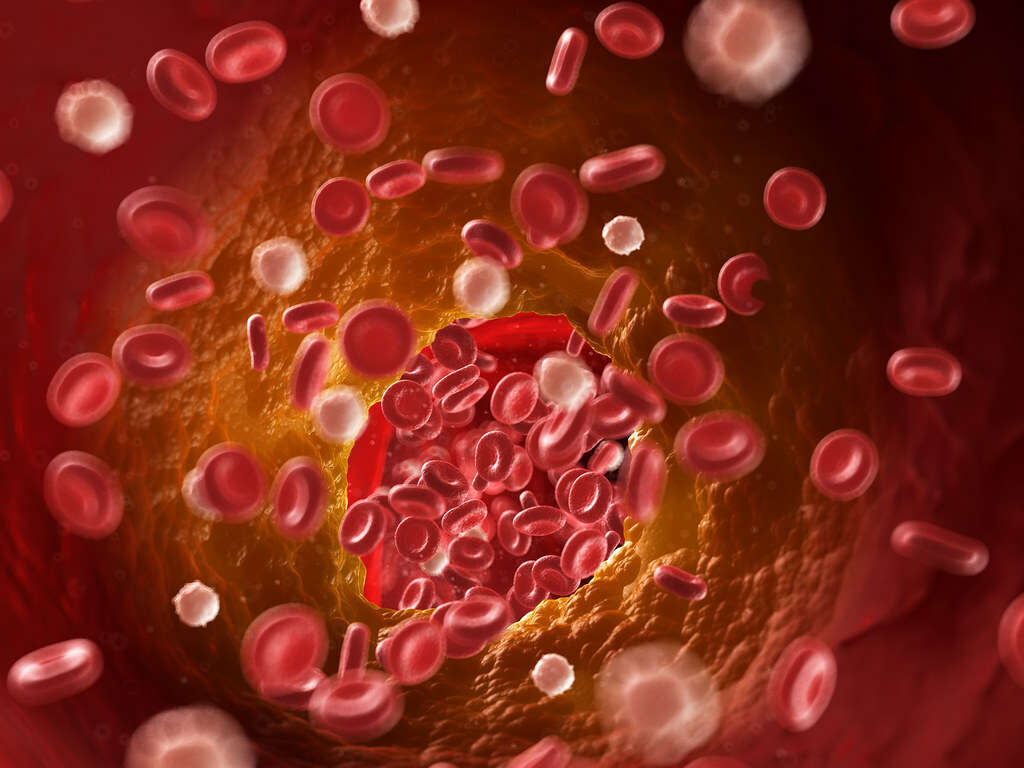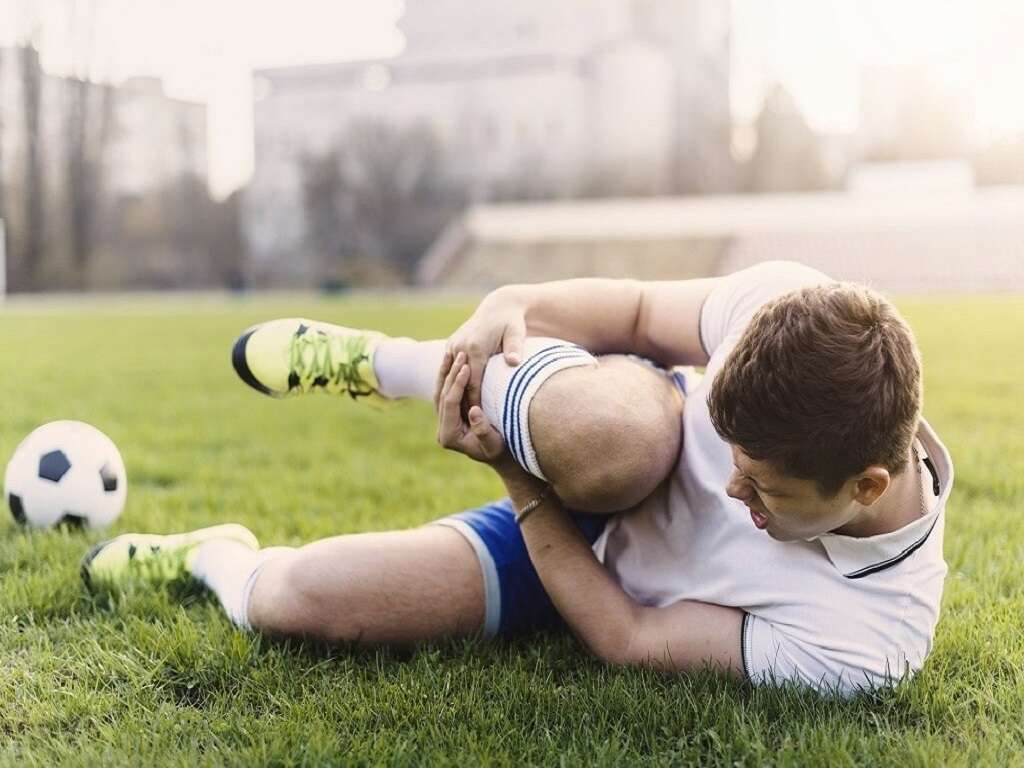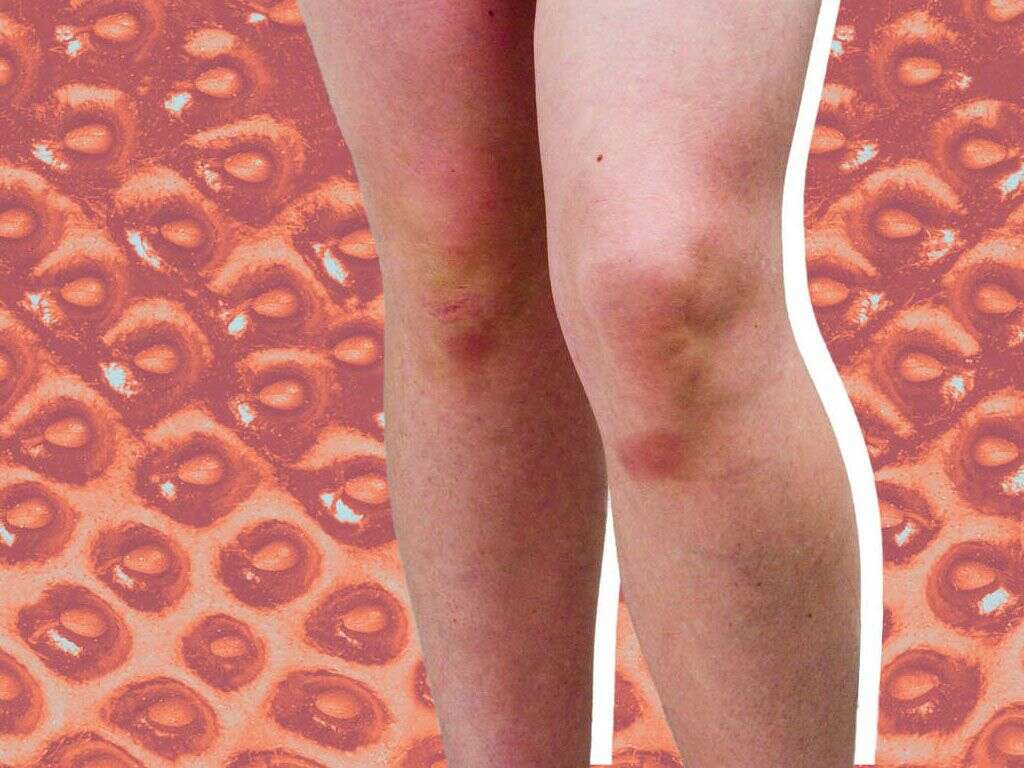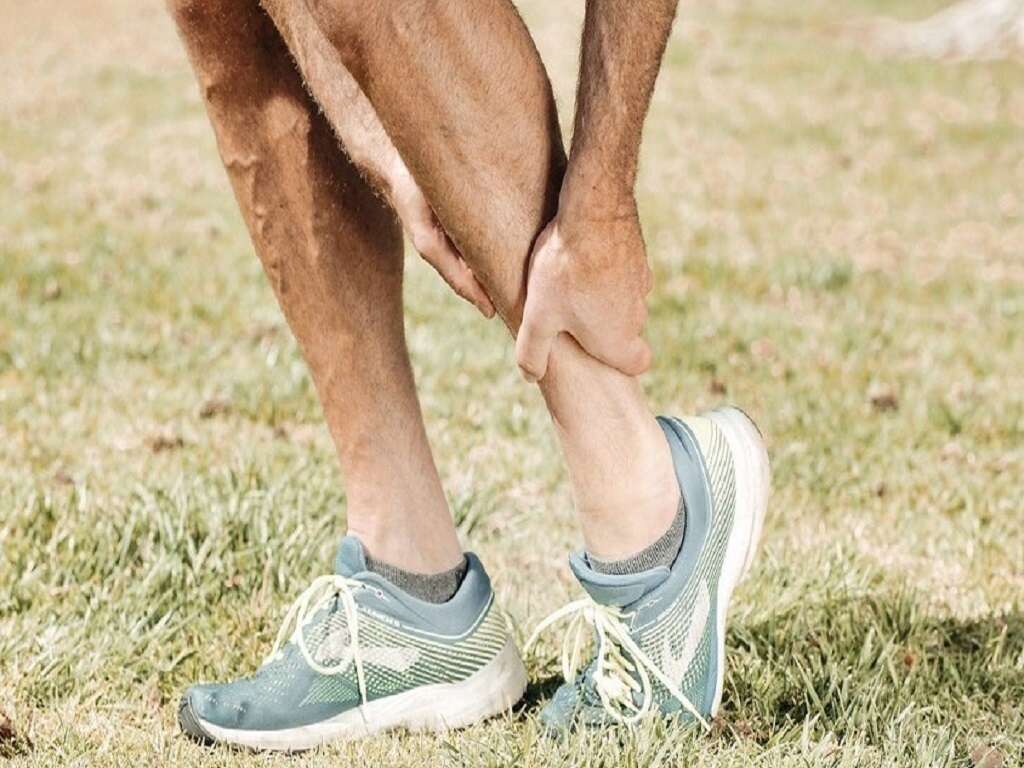Leg Pain Causes, Treatments & More
 Article Sources
Article Sources
- 1. 'Don't Let Foot Cramps and Charley Horses Slow You Down.' Cleveland Clinic, health.clevelandclinic.org/dont-let-foot-cramps-charley-horses-slow.
- 2. 'About Peripheral Artery Disease (PAD).' Heart.org, heart.org/en/health-topics/peripheral-artery-disease/about-peripheral-artery-disease-pad.
- 3. 'What is Venous Thromboembolism (VTE)?' Heart.org, heart.org/en/health-topics/venous-thromboembolism/what-is-venous-thromboembolism-vte.
- 4. 'Shin Splints.' NHS.UK, www.nhs.uk/conditions/shin-splints.
- 5. 'Leg Fracture.' Harvard Health, health.harvard.edu/a/to/z/leg-fracture-a-to-z.
- 6. Jadhav, S. P., et al., 'Comprehensive Review of the Anatomy, Function, and Imaging of the Popliteus and Associated Pathologic Conditions.' Radiological Society of North America, pubs.rsna.org/doi/10.1148/rg.342125082.
- 7. 'Hamstring Injury.' NHS.UK, www.nhs.uk/conditions/hamstring-injury.
- 8. 'Leg Pain: MedlinePlus Medical Encyclopedia.' MedlinePlus, medlineplus.gov/ency/article/003182.htm.
8. Hamstring Strain
Pain at the back of a person's leg may indicate an injury in the hamstring, a group of muscles behind the thighs.7‘Hamstring Injury.’ NHS.UK, www.nhs.uk/conditions/hamstring-injury. These muscles strain fairly often, especially in athletes. Cold or hot treatment, over-the-counter medications and rest may successfully treat mild hamstring strain, although severe cases may take up to several months to heal.
Risk factors for hamstring strain include exercising tight muscles, muscle imbalances, poor conditioning and muscle fatigue. Active and retired athletes whose exercise involves walking are at higher risk.
Advertisement
